Most of us have found our favourite hobby in art and have dedicated our spare time to it since we were kids. Even though not all of us have been able to attend an art school, we have found our way through art by learning on our own. Applying every little tip or technique we learnt about to improve our skills. Learning on your own can be a very challenging task. Especially if you don’t know where to find resources or how to use your tools of the trade. Don’t worry, we’ve all been there at one point or another! It’s time you knew why learning to learn is so important for your development as an artist!
The first steps of the path
When I was younger I made a habit out of eye-balling and tracing (gasp – the T word!) images from series I loved like Sailor Moon and Pokemon. Doing that helped my mind, eyes and hand to get used to the shapes and the movements needed to recreate that peculiar style. After a while, my mind and hands were able to remember what my eyes couldn’t see. As a result, I was able to draw fan arts without relying on pre-existing images.
[Note: this happened almost 20 years ago when I didn’t even have access to the internet. Don’t post your copies or traces online if you don’t have permission. Refer to this post to learn more about avoiding copyright infringement.]
Still, my drawings were less than average. The anatomy was far too awkward and I barely had a few crayons to paint my “masterpieces”. I was happy with my art, I won’t lie, but I wanted more.
Finding the right resources to learn from – a complex quest for a growing artist
Some people suggest that we should pick an anatomy book and learn from it. It’s a very good piece of advice. Still, most people find their love for art early in their lives. For instance, I spent most of my childhood drawing and swooning over my new set of store-bought crayons.
The point is, how does an 8-year-old get a hold of an anatomy book? My parents considered that drawing was just a game for me. They didn’t know that such an uncontrollable passion was slowly growing inside of me. So, they never really tried to nurture my artistic side or provide me with any resources to help me along the way.
Needless to say, considering we had just about enough to pay for the bills and the food, I don’t blame them for not helping me develop my skills.
And, truth be told, even if I had been given a book, I wouldn’t have been able to learn anything. Not sure about yours, but my brain wasn’t ready for the world back then! :’D
Due to the lack of resources and the slow pace at which my skills were developing, I stopped drawing on a daily basis for a couple of years.
Overcoming the obstacles in your way
When I was old enough, I stumbled upon deviantART and the vast amount of possibilities it offered painted my world a different colour. I started drawing regularly again and made it a point to read as many tutorials as possible.
In the beginning I felt everything was going just about fine. Tutorials were helping me, especially while learning how to use certain art programs like Photoshop (and Paint Tool SAI later on). Or the very basic aspects of drawing in manga style.
But, after a while I started feeling as though the tutorials weren’t helping me as much anymore. I could easily draw this and that. But, whenever I tried something different I’d find myself struggling hard and eventually failing.
Finding these hard-to-surpass obstacles in the way made me feel like I did when I was 8 years old. Like I was back at square one. It was so frustrating.
However, my brain was a bit more prepared for the world that time around, and it managed to do what I couldn’t: find learning opportunities.
Seizing the right learning opportunities & learning to learn
During your time as an artist you’re going to be presented with multiple opportunities to learn and improve your skills.
You need to be on the look out for these and embrace them. Doing so will help you improve your skills at a faster pace.
You’ll be able to reach your goal of becoming an amazing artist sooner than you think.
Some of these will require courage to put your needs before your ego.
Others will require focus and hard work to learn and apply your knowledge.
All of them will require determination to continue growing as an artist and never give up.
If you are ready, and I know you are, these are some of the best learning opportunities you can apply today.
» Accept constructive criticism
One of the first learning opportunities I found were the constructive critiques I received from different people in my works.
Some were soft, some were harsh and I didn’t want to take any. Who were they to say my work wasn’t good enough or that it had flaws? Jeez, the nerve of these people!
That’s a very common response to criticism. Been there, totally done that! But let me tell you this. Everyone who genuinely wants to keep learning should stop taking criticism personally.
I subconsciously applied their critiques into my work and, what do you know? They were right. My work looked better even though my ego was hurt.
Accepting constructive criticism on your work allows you to see what your eyes don’t recognize as a flaw. It’s important to get help from other people. Let them show you what your weak points are so that you can overcome them! It might hurt to think you didn’t do it perfectly but in the end it will be worth it.
» Ask fellow artists for help and guidance
A similar version of critiques is asking a knowledgeable friend to help you out with your artworks. Consider it like a beta-reader, but for drawings.
Show your piece to a friend who is more experienced in art and ask them to point any flaws out. They can draw over your work with a red line to show you how you could fix said issue. Comparing both works will let you see why your version didn’t work and how you can do it better next time.
Since you’re talking with a friend, you’ll feel more comfortable knowing that they’re not trying to make you feel bad.
This can also be done with someone who is not a friend. For instance, during one critique night event held at deviantART I asked Rahll to help me out with a drawing I was struggling with. He was kind enough to help me with all the flaws in my work and shared valuable tips and tricks with me. We became friends after that and I consider him to be one of my biggest inspirations in art.
Moral of the story? You can’t trust the system Don’t be afraid to ask other people for help! Don’t miss out on any chance to learn!
» Don’t just look — Observe and analyze everything
Now that I’ve been an artist for so long, permanently surrounded by art, my brain has yet again started doing something I wasn’t conscious of: analyzing art.
A couple of years ago I stopped just appreciating art to also learn from it. When you find an incredible work that baffles you, take the time to actually look at the piece beyond its appeal.
Analyze each stroke, each detail. Notice how the artist made something and ask yourself “How did they do that?”. Furthermore, ask yourself “Why did they do that?”. Try to figure out the answer to those questions by just looking at their art and you’ll be able to step forward at a faster pace!
Not only can you learn from looking at other people’s art, you can and definitely should learn from looking at reality.
Look around you, but look beyond what you see! Notice how the branches are placed in the tree. How the leaves are attached to them. How foliage casts a shadow over other leaves and light passes through them creating dappled light on the ground, etc.
There’s just so much you can learn if only you take the time to observe and understand nature!
Observe yours and other people’s bodies. Notice how shadows are cast due to the different shapes of the body.
Figure out why your character’s arm looks awkward by looking at yourself in the mirror doing the same pose. Look at the bones and the muscles, see how they move, where they are placed. What shapes they create underneath the skin or how their visibility is altered if your character puts on or loses weight. Understand the body in order to draw the body!
You learn so much by looking at your surroundings:
- Human and animal anatomy
- Elements of perspective in your city or town
- Effective colour combinations to create beautiful, realistic landscapes
- Textures and surfaces, lighting effects, etc.
» Make good use of books and video lessons from experienced artists and teachers
Read books on those topics to further expand your knowledge and your skills. Books are a major source of knowledge and you ought to make good use of them!
I’m not an 8 year-old anymore (okay, maybe on Christmas eve!). I can now find anatomy books in the library or the store. My brain is now capable of reading through them and actually understand what is written on them! And my hands? They are desperate to put all this knowledge to practice!
You don’t have to limit yourself to books alone. You can watch other artists’ video lessons on different topics. If you develop the observing skill we mentioned before, you could learn a lot just by looking at other artists’ speedpainting videos (you can see mine on my youtube channel 😉 ). Even if they don’t explain what they are doing step by step, you’ll be able to see what they’re doing and apply it to your own creations.
» My last piece of advice to help you learn is… Experiment, experiment, experiment!
It doesn’t matter if you accept all the criticism in the world. Or read all the books. Or ask all of your artist friends.
If you don’t put your knowledge to practice, you won’t improve your skills.
Take action! Learn something new using one of the ways mentioned in this post and apply it to your work!
Now that you’ve identified the learning opportunities, it’s your turn to actually put them to good use. Each person is a different world.
One person might have found a certain technique very useful whereas some other person might not have been able to succeed with that same technique.
It’s a matter of experimenting and finding the learning process that you’re more comfortable with and that gives you better results.
Don’t give up after trying just once, persevere and if you don’t succeed, try a different way!
Remember, seize all the learning opportunities you come across, it will benefit your skills and your capacity to spot and fix mistakes and flaws in your art.
Friend! You have so much potential within. If you apply these, I can guarantee you’ll be speeding up your learning process and setting yourself up for success!

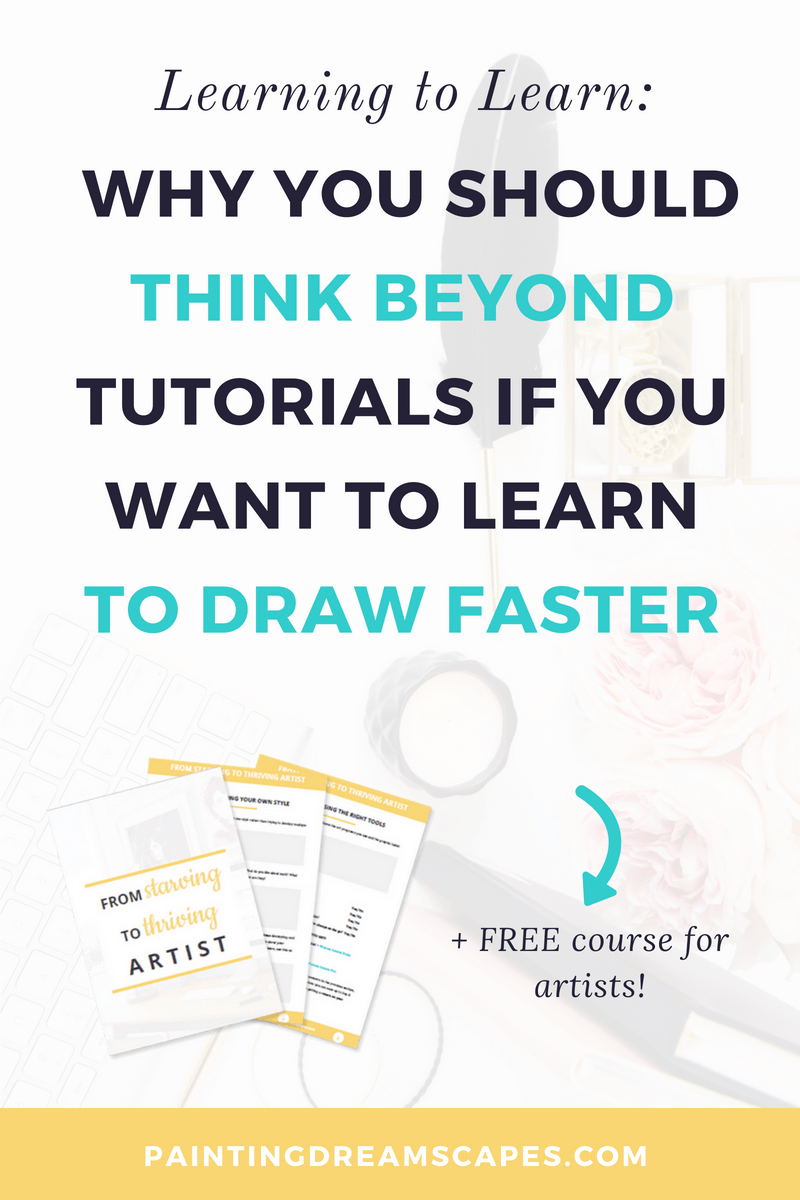
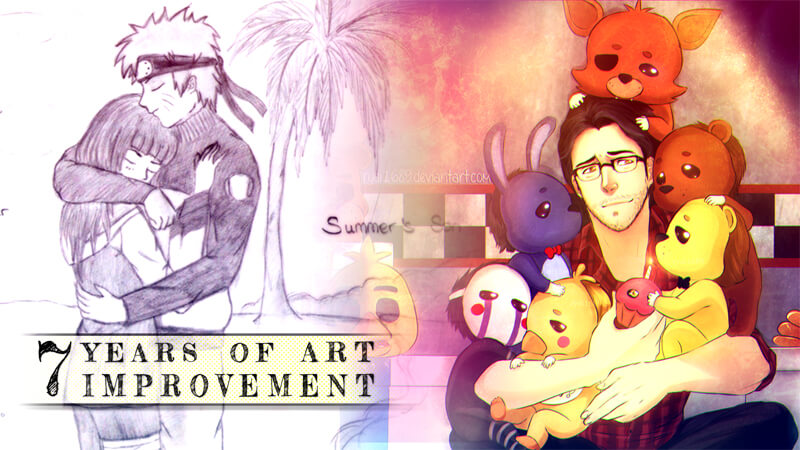
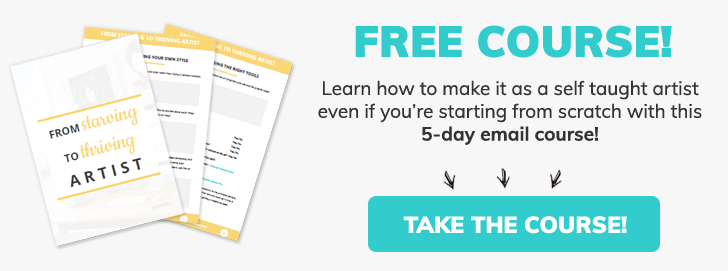
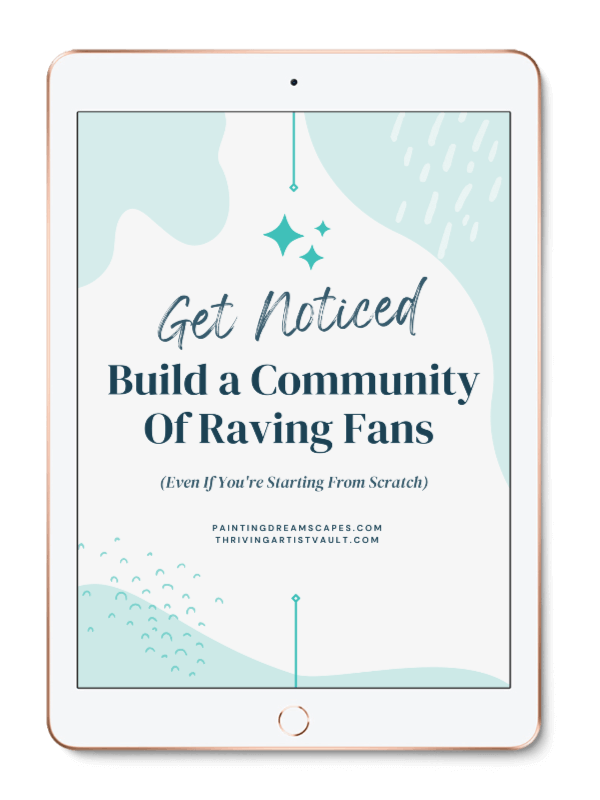
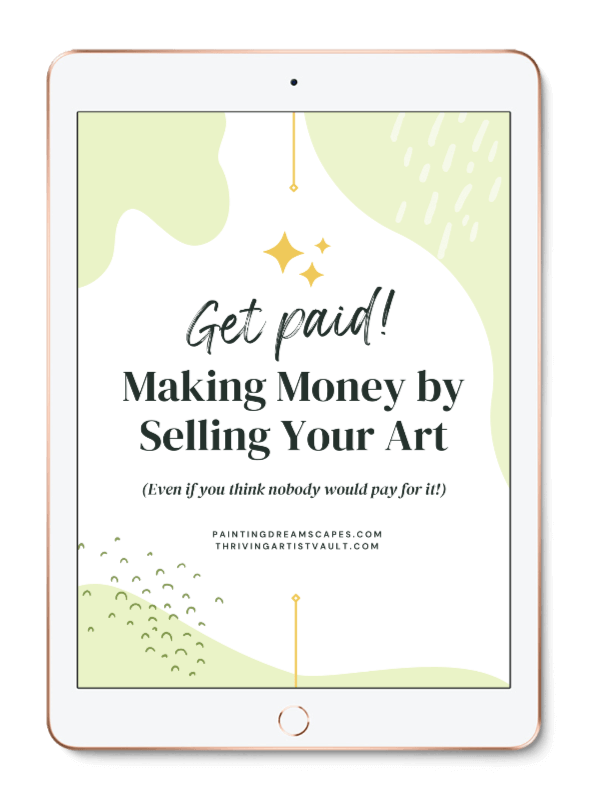
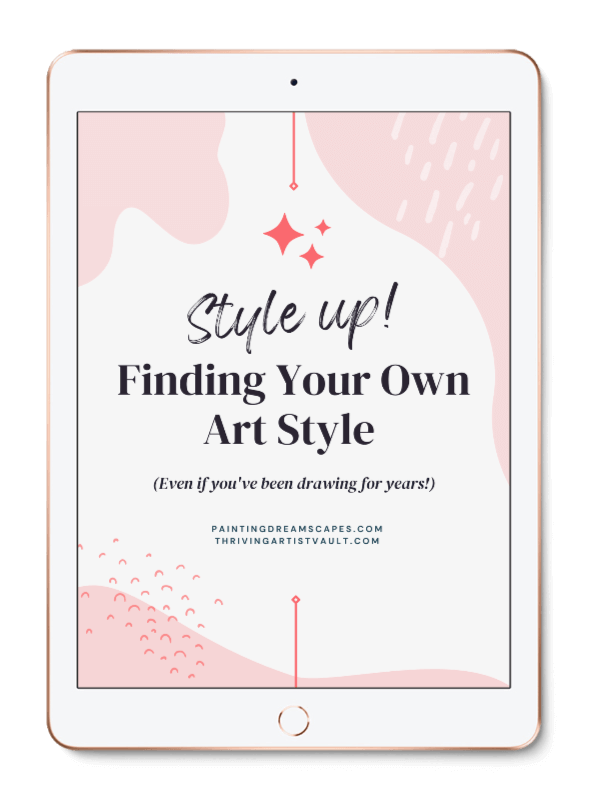
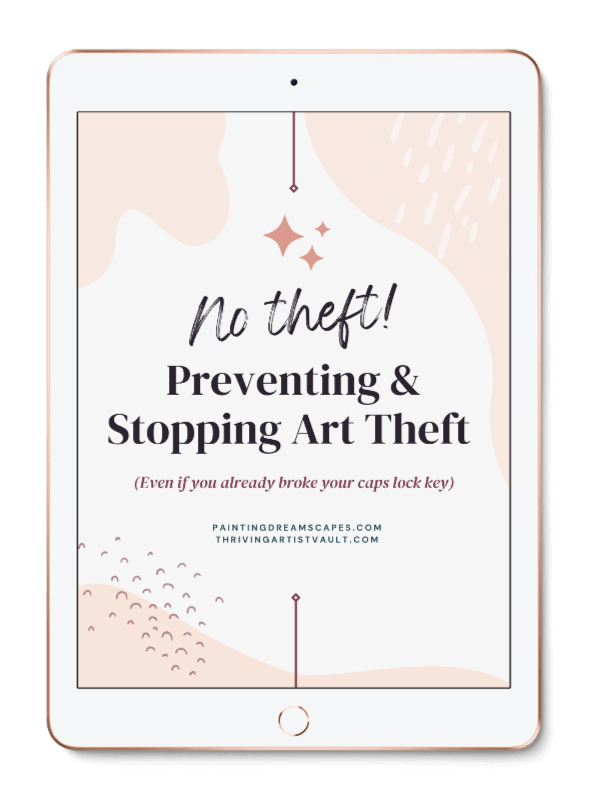
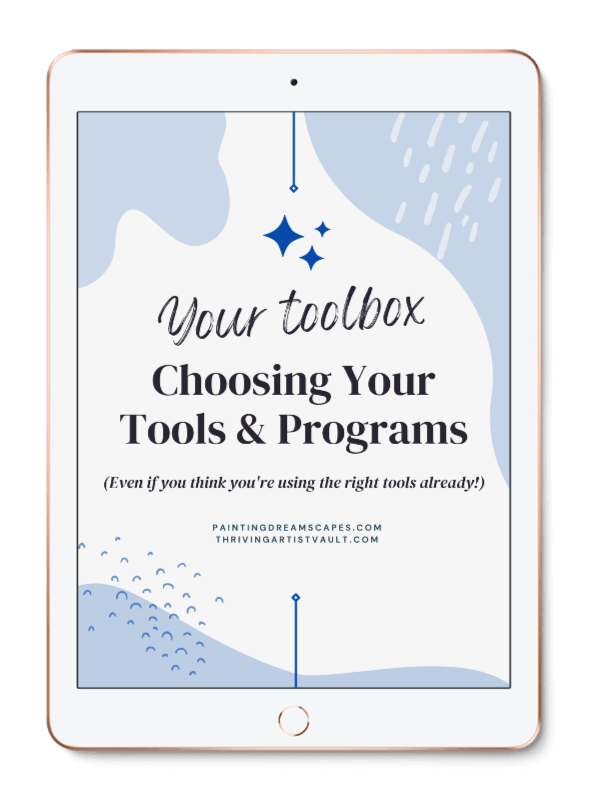
0 comments